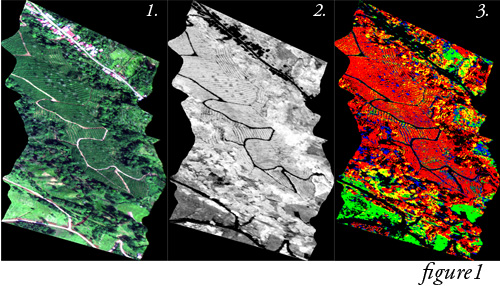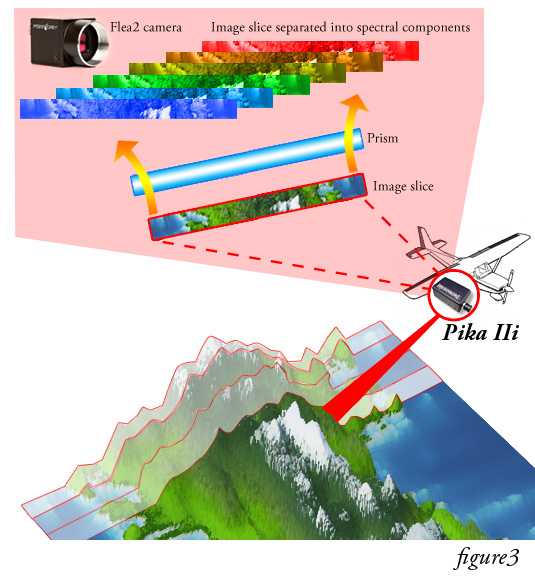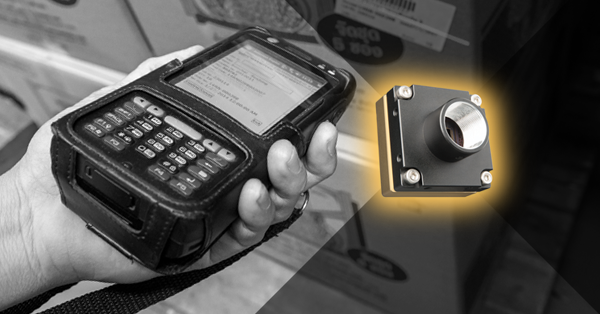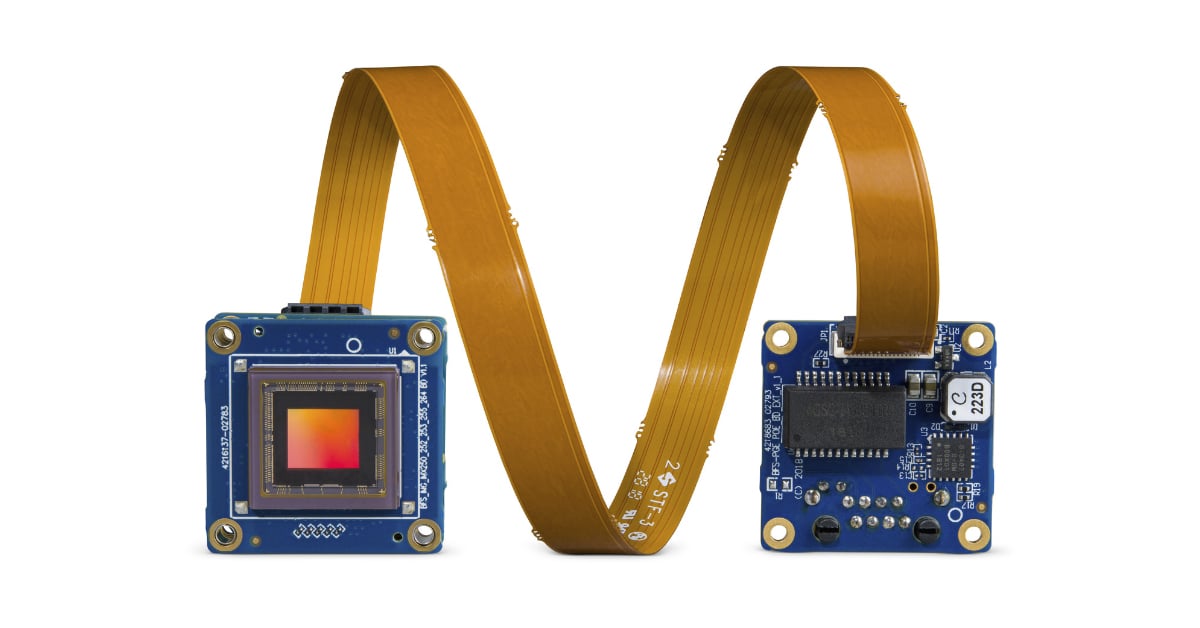Aerial Hyperspectral Imaging Using Flea2 Cameras
The power of hyperspectral imaging
Hyperspectral imaging, like other spectral imaging, collects information from across the electromagnetic spectrum. By dividing the spectrum into hundreds of spectral bands including those beyond the visible, hyperspectral imaging provides color information many times greater than that of standard RGB technology which only has three overlapping bands. This ability makes it ideal for imaging with the purpose of distinguishing between similarly colored objects.
Originally developed for the mining industry to identify minerals, hyperspectral imaging is now used in a wide variety of applications including: airborne imaging for applications in agriculture and environmental monitoring; pharmaceutical for careful classification of chemical ingredients; and security and defense to distinguish man-made materials from the natural surroundings.
Resonon's off-the-shelf Pika IIi
While there are a number of off-the-shelf hyperspectral systems, many are expensive and can be the size of an upright desk. To enable applications for industrial sorting, quality control, UAV based remote sensing, bench-scale R&D, and more, Resonon has created small, extremely rugged, and affordable hyperspectral imagers with reliable software. One of Resonon's most popular offerings is the Pika IIi using the FLIR's Flea2 0.3 MP FireWire camera (FL2-03S2).
The Pika IIi is a complete, plug-and-play imaging spectrometer for scanning in a range of 400 to 900 nanometers. Its Firewire 800 (IEEE 1394b) interface requires no frame grabber. At 2.8 lbs, it is ideal for deployments in lightweight flying devices such as unmanned airborne vehicles and helicopters. Two examples of this include a project for measuring polar ice cap melts in Greenland and a project to determine the health of banana and coffee plants in Costa Rica.
The Greenland project was a research project for determining the depth of melt pools via spectral image data. The depth of the melt pool at each point, along with its 2D area, helps determine the volume of the pool. By understanding pool depth changes over time, researchers hope to determine the rate by which the ice cap is melting.
The Costa Rica project is a pilot project for identifying plant species from the air, as well as determining the health of banana and coffee plants. The three images in Figure 1 show (1) an RGB depiction of spectral data, (2) a black/white map showing healthy plants as whiter than unhealthy plants and black regions depict objects other than vegetation. To the right of that (3) is a 'species map' showing the distribution of different plant species in the area.

Hyperspectral Imaging Primer
In a nutshell, hyperspectral imaging provides a digital image with far more spectral (color) information for each pixel than traditional color cameras. The raw data output is often visualized as a "datacube." This can be thought of as a stack of tens to hundreds of pictures with each successive image representing its own specific color (spectral band), or equivalently, as a detailed spectral curve for each pixel. An example of a datacube is shown in Figure 2, with two dimensions in space (x and y) and one in wavelength (λ). The three bands labeled were used to generate a false-color image of a leaf.
How the Pika IIi works
In the Pika IIi, the Flea2 is used as a detector behind the Pika's custom optics. The Pika IIi takes a very narrow slice of the scene and separates that image slice into its spectral components, up to 240 bands. This spectrally dispersed light is then imaged onto the Flea2 with spatial image data on the x axis and the spectral data on the λ axis. Since the system is only looking at a narrow slice of the scene per frame, the system must be moved in one direction (the y axis), such as by an aircraft, to build up entire 2D image of the surface below and the 3D data cube for analysis.
The right camera: quality and reliability
Higher frame rates are important as the frame rate of the camera (along with the ground speed of the aircraft) determines the resolution of the system on the ground (ground pixel resolution, known as ground sampling distance (GSD)). Using a region of interest of of 640 by 480, the Flea2 images at up to 145 FPS.
In designing the Pika IIi, Resonon's goal was to offer a lightweight imaging spectrometer for use in harsh environments. The Flea2's compact 29 x 29 x 30 mm and light 58 grams form factor contributes to the Pika IIi compact measurements of just 9.6 x 16.7 x 63.5 cm and 2.8 lbs. The other key factor is FLIR quality and reliability. Taking aerial images is an expensive and time sensitive venture; there is the aircraft time, fuel, pilot time, and the need to wait for ideal weather conditions. Each component of Pika IIi must be reliable and dependable as re-imaging is costly. The camera must be rugged enough to withstand the constant vibration during flight and the rigors of setup and dismantling. As importantly, FLIR's FlyCapture software provides a reliable and robust API for Resonon's Spectronon real-time visualization and analysis software.


